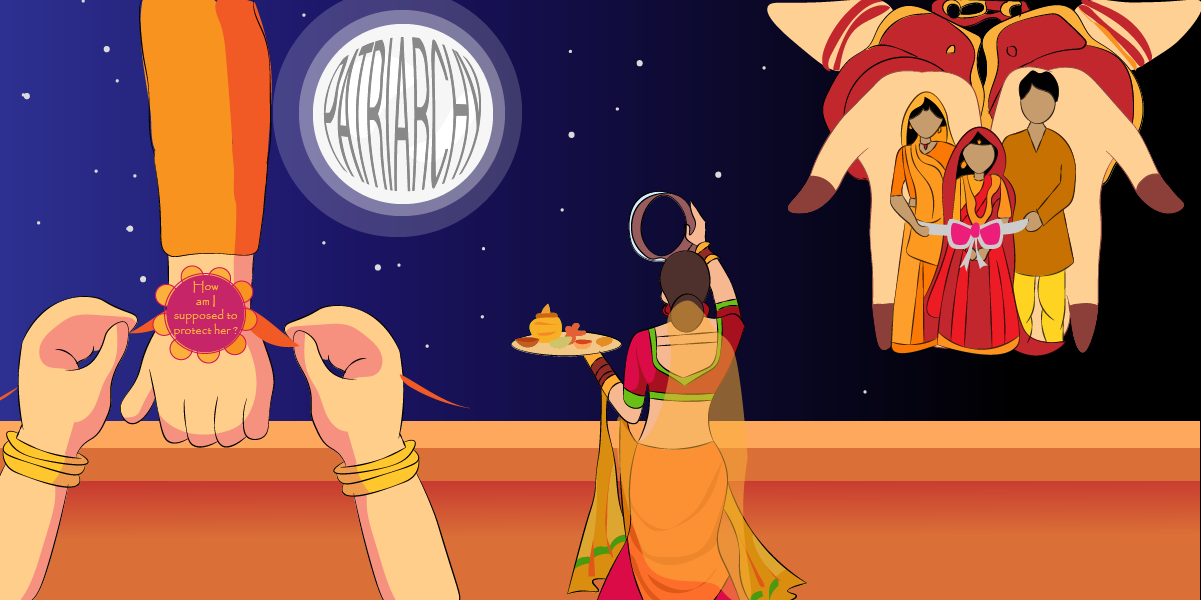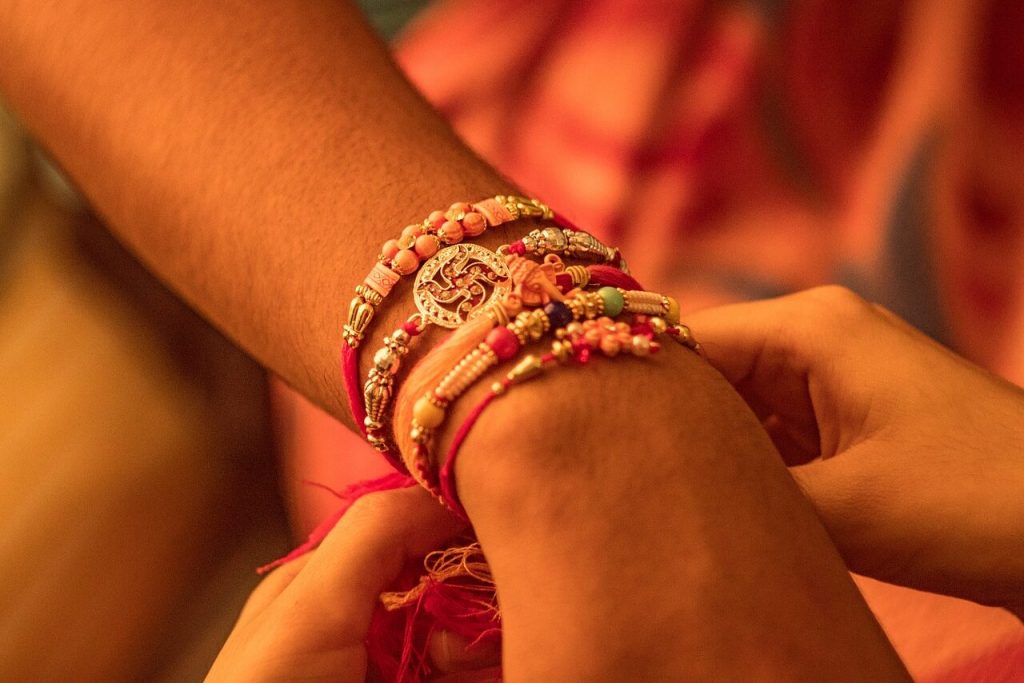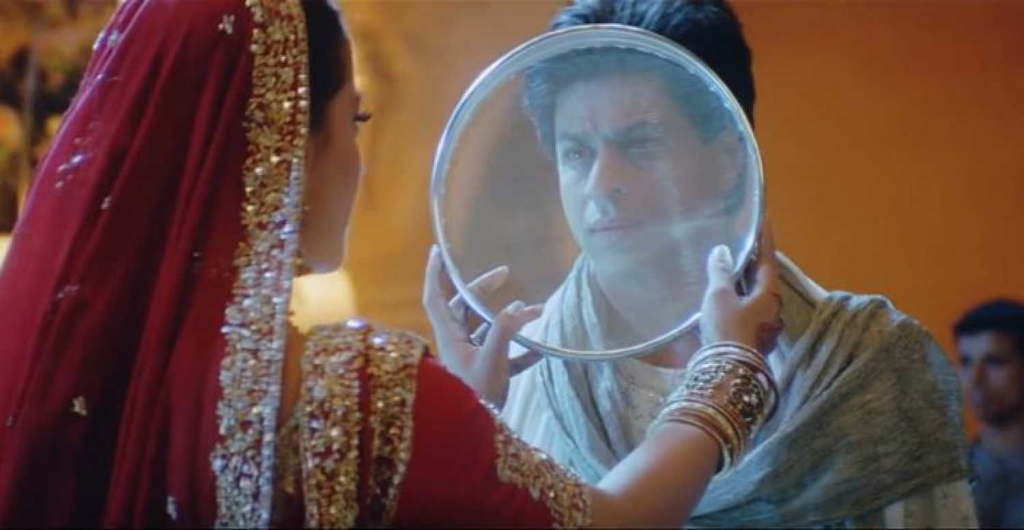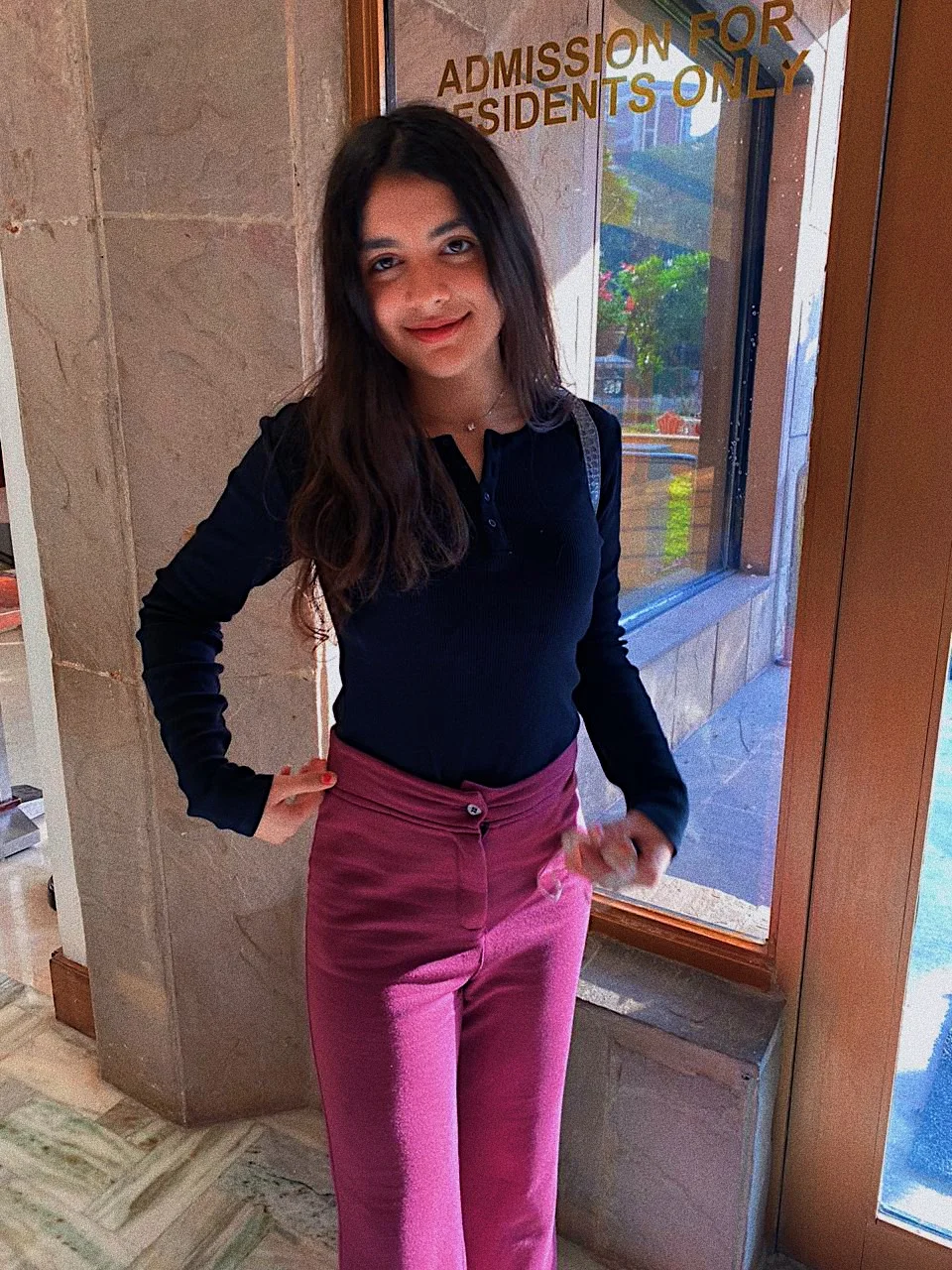
The Annual Celebration of Patriarchy: Indian Edition
Until a few years ago, I used to love holidays for the simple reason that I got an off from school, got to repudiate my everyday casuals, and adorn beautiful clothes. As I grow older, I question myself, is that all that Indian festivals have to them? Apart from the fraternizing and the savories, do Indian festivals hold meaning, or are they yet another way we celebrate patriarchy? Although women play a role in these festivals (while the same cannot be said for the other dimensions of life), the gamut of rites and traditions are male-centric: be it in the form of a priest, a father, or a brother.
As I look at Indian festivals from the gender lens, I notice that even in festivals that shed the limelight on women, they are not the protagonists. They are merely supporting characters, or rather ploys, that are used to fulfill ulterior motives or adhere to traditions that center around men. In a society where young women are shown and engaged in festivals that whitewash the subordinate stature of women and celebrate the upper hand men hold, can we ever really achieve equality?

Rakhi and Bhai Dooj
As someone who only has a sister, I often felt envious that I didn’t get to celebrate the festivals of Rakhi and Bhai Dooj, but the more I understand sexism and patriarchy, the more thankful I feel for not partaking in a celebration that fosters sexism. Raksha Bandhan is a festival that is rooted in the belief that a brother is a protector of the sisters. Sisters tie a thread on their brother’s wrists as a symbol of the promise that the brothers will protect the sisters from the world.
Not only does this undermine the independence, courage, and liberty of a woman but also narrows the idea of masculinity. It propagates a standard in which a man is supposed to be valiant and strong and passively shuns the idea that sometimes a man may want to be rescued as well and sometimes a man may require protection as well.

The emblem of patriarchy: Karwa Chauth
The worst of all traditions, however, is that of Karwa Chauth. To this date, it pains me to see that my mother has to starve herself and remain parched for the longevity of her husband. Karva Chauth smugly perpetuates the idea that the life of a wife will always be worth less than that of her husband. Karva Chauth is a tradition that is designed to keep the identity of a woman only in relation to her husband. No one ever really looks beyond the apparent romance and the glam of the event.
Can we even imagine the mental toll on a wife whose husband dies early? Why have we kept women culpable for their husband’s longevity? In the name of love, women are made to pedestalize their husbands, and what are men supposed to do apart from making a heroic entry in front of the moon? The truth is that Karwa Chauth as a tradition widens the difference between men and women and renders the concept of gender equality as ineffectual.

The big fat patriarchal Indian Wedding
Weddings are supposed to be magical, right? An ethereal union of two souls; arguably said to be every woman’s dream. Many of us have a romanticized idea of the ceremonies, because of years of conditioning that makes weddings quintessential, sentimental events that are often centered around the idea of romantic love. But in reality, feminists have objected to the Hindu tradition of marriages forever. A well-known tradition known as Kanyadan is also one that is most objected to.
In Kanyadaan, a father places his daughter’s hand in the groom’s hand as a sign of donating his daughter to him. For what is marriage but a philanthropic donation by a man to another. The story doesn’t end here. Post-wedding, women are made to wear the chooda, mangalsutra, and sindoor. While they may seem trivial, they are all symbols signifying a happy married life that is adorned only by the bride. The fact that there is no such tradition for men to announce their marital status to the world is enough to tell us that sexism is inherent in this tradition.

Conclusion
However, sexism isn’t always overt. It is visible in the small acts we imbibe in our festivities like the presence of a male priest instead of a female one. On Diwali Pooja’s we often hand over the thalis to the men of our family. Even in celebrations we often see women take the role of organizers and hosts as men play their deck of cards.
I believe that a family is the primary school of patriarchy and these festivities are just the chapters. Raksha Bandhan is a festival that is rooted in the belief that a brother is a protector of the sisters. Although deriding these age-old traditions might seem uncomfortable, they can be the first step towards achieving a reality in which men and women are treated as equals.
We need to uproot ourselves from the idea that these festivals are all a matter of fun and frolic. Our traditions are a result of our interpretation, and our interpretation remains superannuated and backward. Our traditions have a common thread running through them, one that denigrates women and eternally binds them to a male. This festive season, let’s not celebrate patriarchy shall we?
Illustration by: Alfia
Author


3 thoughts on “The Annual Celebration of Patriarchy: Indian Edition”
Wow, this was an eye opening experience for me.
This is such an interesting take on Indian festivals. A well-written article! Thank you for highlighting these points; they are, in the truest sense, food-for-thought materials!
yeah , well written , very explicit and impressive . today is the high time , we should ubderstand the evils of patriarchy thurst upon us , and do accordingly in our family system at least .